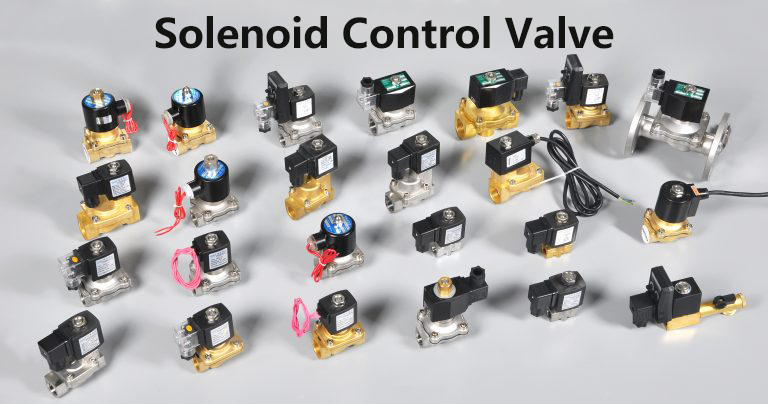Solenoid Control Valves: Differences Between Normally Open and Closed
On this page

Solenoid control valves play a crucial role in various industrial and consumer applications, controlling the flow of liquids, air, and gases through electrical signals. Among the key distinctions in solenoid valve types are whether they are normally open (NO) or normally closed (NC) when not energized. Each type serves different operational needs and scenarios based on their inherent design and function. A normally open solenoid Control valve remains open in its default state when not energized. This configuration is achieved through a design where the armature is positioned in a way that keeps the valve open under normal conditions. Upon energization, an electromagnetic field is created within the coil, attracting the armature downwards towards the center. This movement closes the valve by either moving a plunger or piston to block the flow passage. Commonly used in applications where uninterrupted flow is desired in the absence of power, normally open solenoid valves find utility in safety systems and situations requiring continuous flow unless interrupted.
For instance, in HVAC systems, these valves regulate the flow of air or refrigerants, ensuring smooth operation even during power failures. Similarly, in plumbing systems, they manage water flow where constant availability is critical. Conversely, a normally closed solenoid control valve remains closed when not activated. The armature is positioned in a manner that keeps the valve shut by default. When an electrical current passes through the coil, it generates a magnetic field that pulls the armature upwards, overcoming the spring force that keeps it closed. This action lifts the plunger or piston, allowing media to flow through the valve. Normally closed solenoid valves are commonly employed in situations where preventing media flow during power loss is crucial, such as emergency shutdown systems or applications handling hazardous materials.
In industrial settings, these valves are pivotal in controlling the flow of chemicals or gases, ensuring immediate closure in case of power interruptions to prevent accidents or environmental damage. Considerations Based on Operational Needs: Normally Closed Valve: Ideal for applications where halting flow in case of power failure is critical to prevent damage or hazards. Examples include fuel systems or chemical processing plants.
Normally Open Valve: Suitable where uninterrupted flow is preferred under normal conditions, such as in air conditioning systems or fluid transfer operations. Normally Open Valve: If the valve remains open for extended periods and closed intermittently, choosing this type can conserve energy by reducing the need for continuous electrical supply to maintain closure.
Normally Closed Valve: Conversely, if the valve spends more time closed than open, opting for a normally closed configuration can save energy by only requiring power during operation to open the valve. The choice between normally open and normally closed solenoid valves is pivotal in designing efficient and safe fluid control systems. Understanding their operational characteristics, including how they respond to power states and their energy consumption profiles, is essential in selecting the right valve for specific applications. Whether ensuring continuous flow or immediate shutdown capability, each type of solenoid valve offers distinct advantages tailored to different operational requirements across industries. By aligning these valves with specific needs, engineers and operators can optimize system performance while enhancing safety and energy efficiency.

